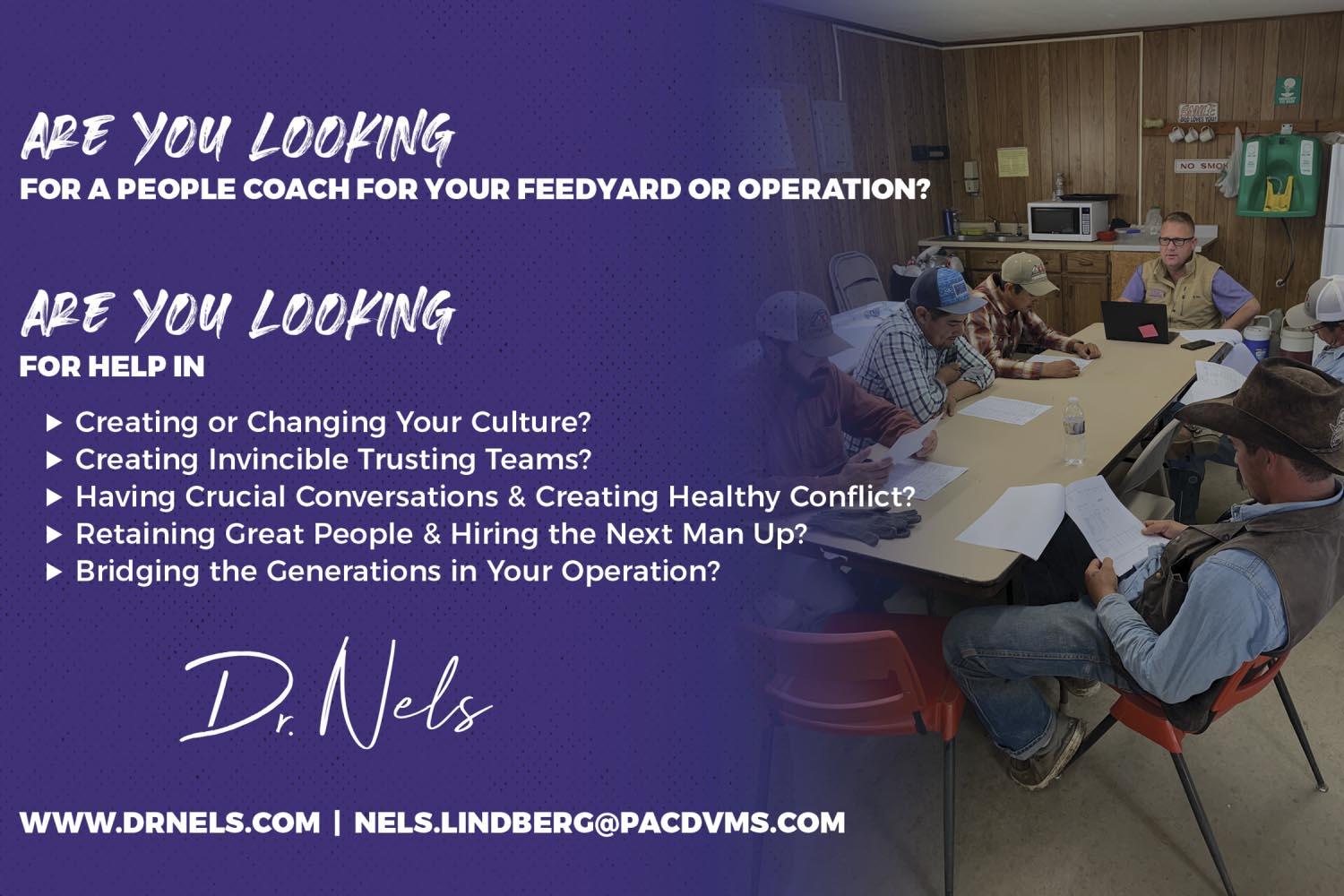
8 minute read
DEVELOPING REPLACEMENT HEIFERS TO BE PRODUCTIVE COWS
By Jacques Fuselier, D.V.M., D.A.C.T., D.A.B.V.P., Technical Services Manager, Merck Animal Health
Replacement heifers are the future of your herd. Whether buying or raising replacements from within your own operation, their success and contribution to the herd depends on a sound development program. Ultimately, the goal is to get replacement heifers ovulating earlier and contributing to the operation as healthy, productive brood cows sooner.
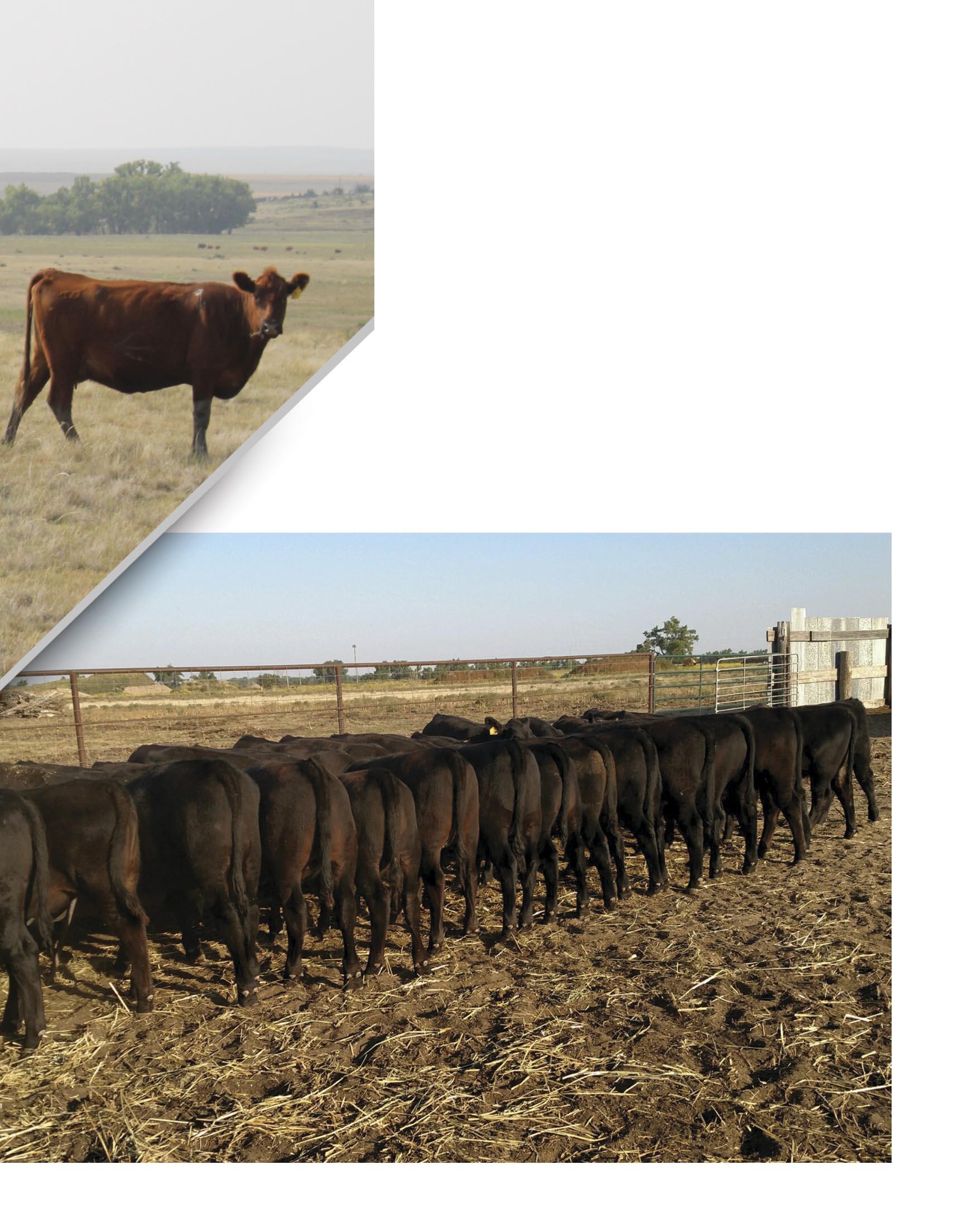
Reproduction is the most influential factor contributing to the profitability of a cow-calf producer. Replacement heifers can be difficult to manage because they have greater nutritional and management needs, so one of the biggest mistakes is blending them in and managing them like the mature cows.
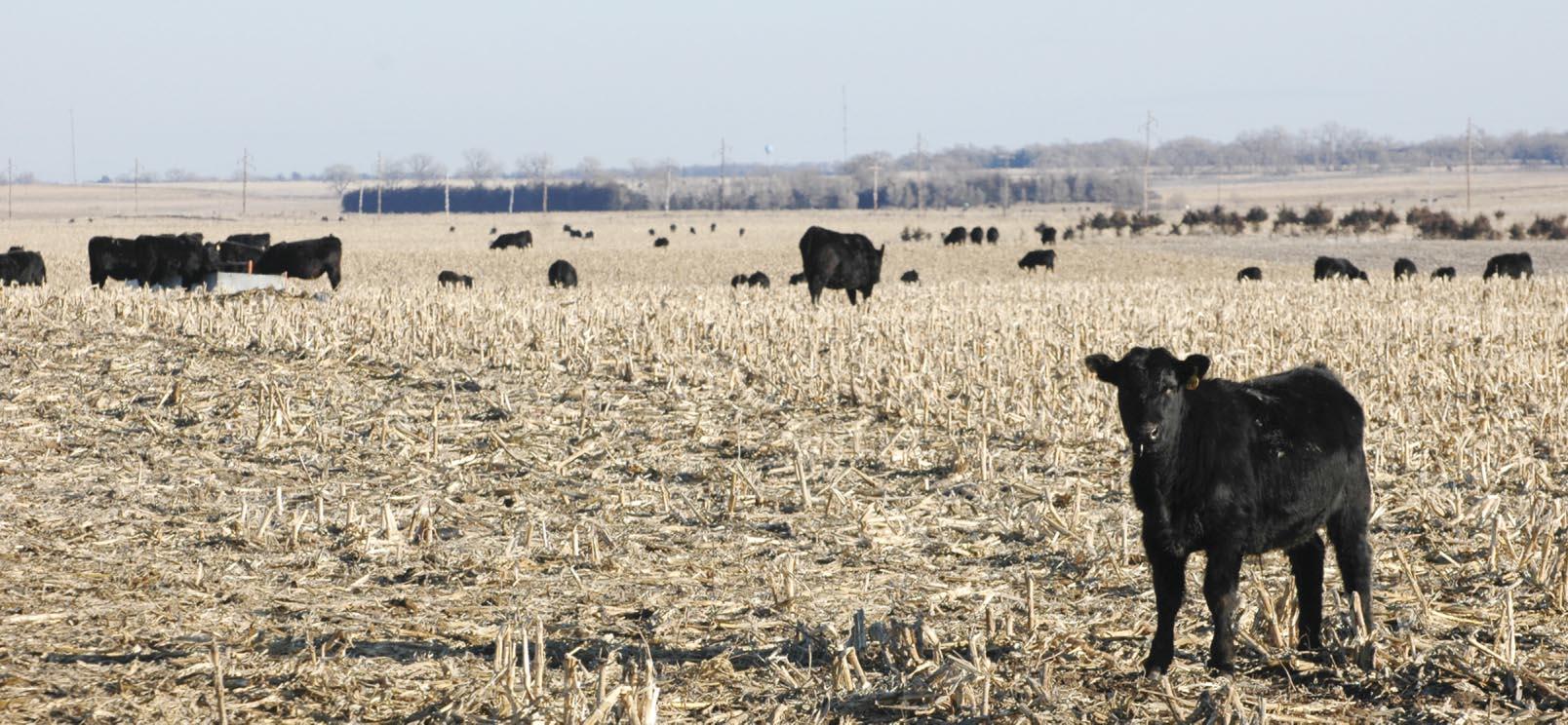
Without more intensive and specific health and care protocols, heifers may not get the feed, especially if competing with mature cows, and attention needed to reach their genetic potential or reproductive maturity at the best time for your operation.
Longevity of the heifer as a brood cow often is influenced by a successful first breeding season, so it pays to work with your veterinarian and consider appropriate vaccination, nutrition, parasite management and reproductive tools.
Vaccination
If purchasing replacement heifers, it’s a good idea to test heifers before or on arrival for persistent bovine viral diarrhea (BVD) infection or buy certified-free replacements. You should also have a record of the vaccines and health protocols provided up to the point of purchase.
In order to properly start priming the immune system, all calves should receive foundational calf vaccines and boosters as part of their weaning protocol, beginning around 60 to 90 days of age. Prior to their being AI’d or exposed to a bull, they should receive another modified live vaccine (MLV) to provide immunity toward pathogens that could cause loss of pregnancy.
Use a product that’s shown effective against the common pathogens that cause respiratory disease, fetal infection and pregnancy loss, and reproductive disease, such as infectious bovine rhinotracheitis (IBR), bovine virus diarrhea virus (BVD) Types 1 & 2, bovine respiratory syncytial virus (BRSV), parainfluenza3 virus (PI3), Campylobacter fetus (vibrio) and leptospirosis.
Timing of vaccines is important, relative to breeding. Administer vaccines at least 30 days prior to breeding season to help minimize any negative vaccine effects on fertility, as well as embryonic losses due to infectious reproductive diseases.
Nutrition
Getting calves off to a good start and gaining efficiently is an important component of a successful reproductive career. Heifers should be fed separate from mature cows to get the proper nutrition they need without competition.
Feed replacement heifers a quality, well-balanced ration that supports the appropriate growth rate to reach puberty and sexual maturity in the right time frame. Too fast of growth and too much fat accumulation is not good for reproductive development. Overfed or over-conditioned heifers don’t cycle well, are not as fertile and can have calving difficulties.
The typical growth rate goal for heifers is an average daily gain (ADG) of 0.75 to 1.25 lbs. At the time of first breeding, you want a body condition score of six and the heifer to be at least 60% to 65% of her mature body weight.
Parasite management
Managing parasites is important for optimal immune function and reproductive health. Reducing the parasite load helps heifers get the nutrients they need to grow at the proper rate for reproductive development.
Research shows that a parasite burden doesn’t need to be large before it negatively affects pregnancy rates and calf health. Deworming before pregnancy or at the start of the breeding season is proven to result in healthier calves with better survival rates.
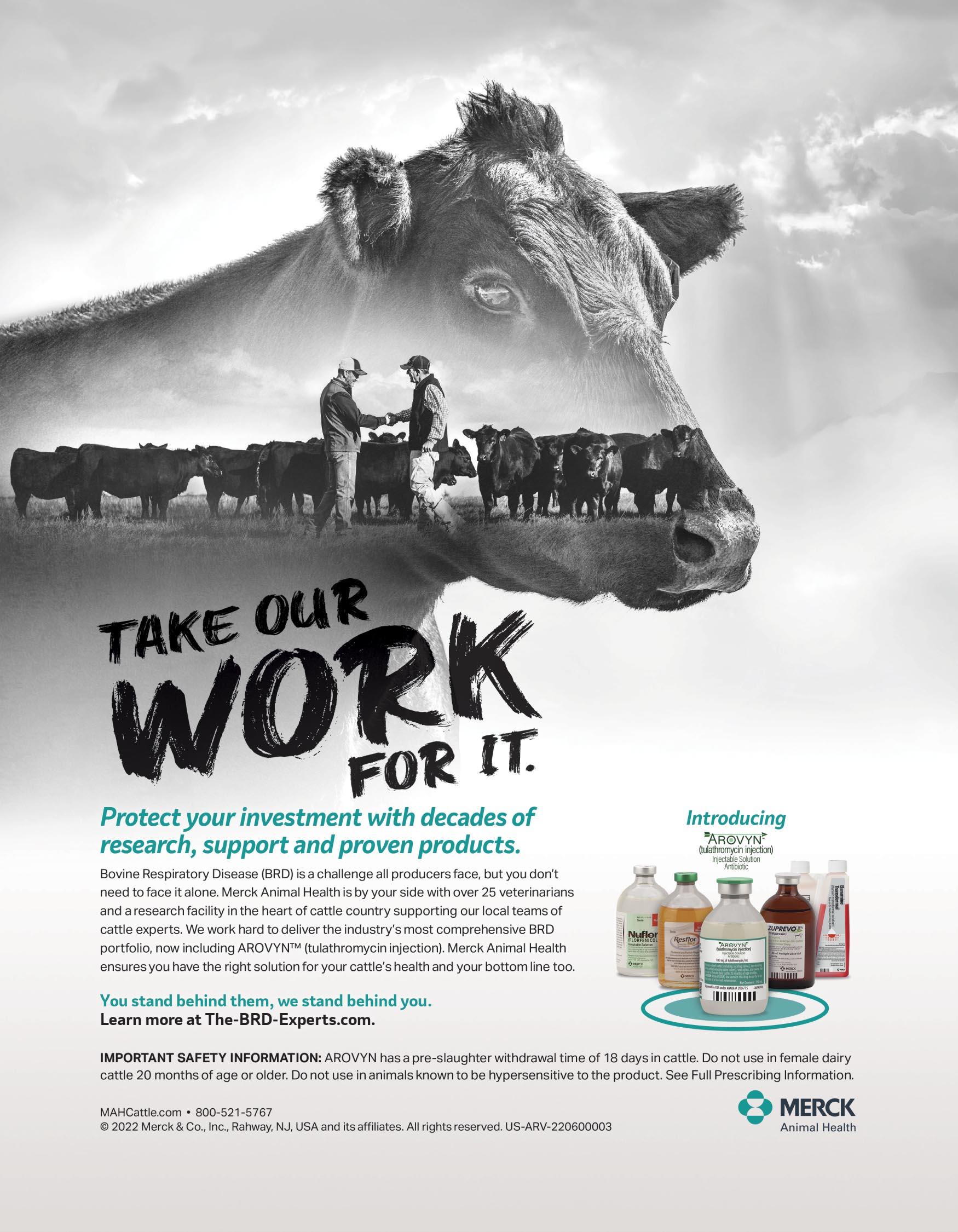
A good rule of thumb is to deworm heifers at the time of weaning or on arrival and again prior to breeding them. Deworming cattle doesn’t have to be labor intensive. Using feed and mineral forms – such as range cubes, dewormer blocks or mineral – require relatively little time and labor.
A valuable tool to implement with deworming is to work with your veterinarian to do fecal egg count reduction test (FECRT) to determine the effectiveness of deworming. It is important that 20 samples are taken both at the time of treatment and 14 days post-treatment. A successful deworming must result in a 90% or greater reduction in parasite eggs in feces.1
You can now request a free FECRT kit from Merck Animal Health at https://www.merck-animal-healthusa.com/safe-guard/cattle/products/fecrt-kit.
External parasite control is also important and often overlooked. It has been shown that 200 horn flies on an animal reduces performance, including reproductive performance. A pour-on, broad-spectrum, long-lasting residual insecticide for control of lice and horn flies is a great option. Also, repellant ear tags, used alone or in conjunction with a pour-on insecticide, are another good option.
Enhancing reproductive performance
Tools like reproductive tract scoring can be performed six to eight weeks before the start of the heifer’s first breeding season to determine 1) the percentage of heifers that are actually cycling, 2) those that are close to having their first cycle and 3) those that are too immature to breed. This tool helps indicate the reproductive readiness of beef heifers.
After heifers reach the proper size and weight to enter the pubescent period and sexual maturity, a simple heat synchronization program can help them to come in heat.
The use of prostaglandins is another cost-effective way to promote ovulation in pubescent heifers. A study 2 comprised of non-cycling heifers looked at the effects of giving one group of heifers a shot of cloprostenol (a type of prostaglandin) prior to bull turnout. The second group was not given anything.
The cloprostenol group had a significant increase in the number of heifers that were successfully bred. Prostaglandin brought those heifers into cyclicity sooner and allowed them to be bred in an earlier time in that breeding season.
Ideally, heifers should be bred four to six weeks prior to breeding the mature cowherd. If they don’t settle at first breeding, they have an opportunity to conceive on the next cycle and still calve around the same time as the mature cows.
Heifers that do settle on their first cycle will calve early in the calving season, which provides them more time to recover before the start of the next breeding season. Heifers conceiving early will also have increased lifetime production.
Summary
A thorough and comprehensive developmental program for replacement heifers will ensure the success of your operation today and the stability of your herd for years to come. Work with your veterinarians and nutritionists to ensure you’re building in the right nutrition, vaccination, parasite management and reproductive health protocols for proper development.
References
1. Dobson R, Jackson R, Levecke B, Besier B et al. Guidelines for fecal egg count reduction tests (FECRT). World Association for the Advancement of Veterinary Parasitology (WAAVP) (2001) Proceedings: 23rd International Conference of the World.
2. Leonardi C.E.P. et al. Prostaglandin F2a promotes ovulation in prepubertal heifers. Theriogenology 78 (2012) 1578-1582.
Dr. Jacques Fuselier is a technical services manager in the cattle group of Merck Animal Health. He consults on beef production management topics both to cattlemen and veterinarians. Dr. Fuselier owned and worked in a mixed animal practice for several years before teaching at the University of Illinois College of Veterinary Medicine and LSU School of Veterinary Medicine. Dr. Fuselier earned a DVM from LSU School of Veterinary Medicine and is Board Certifi ed in Food Animal Practice and Board Certifi ed in Theriogenology.

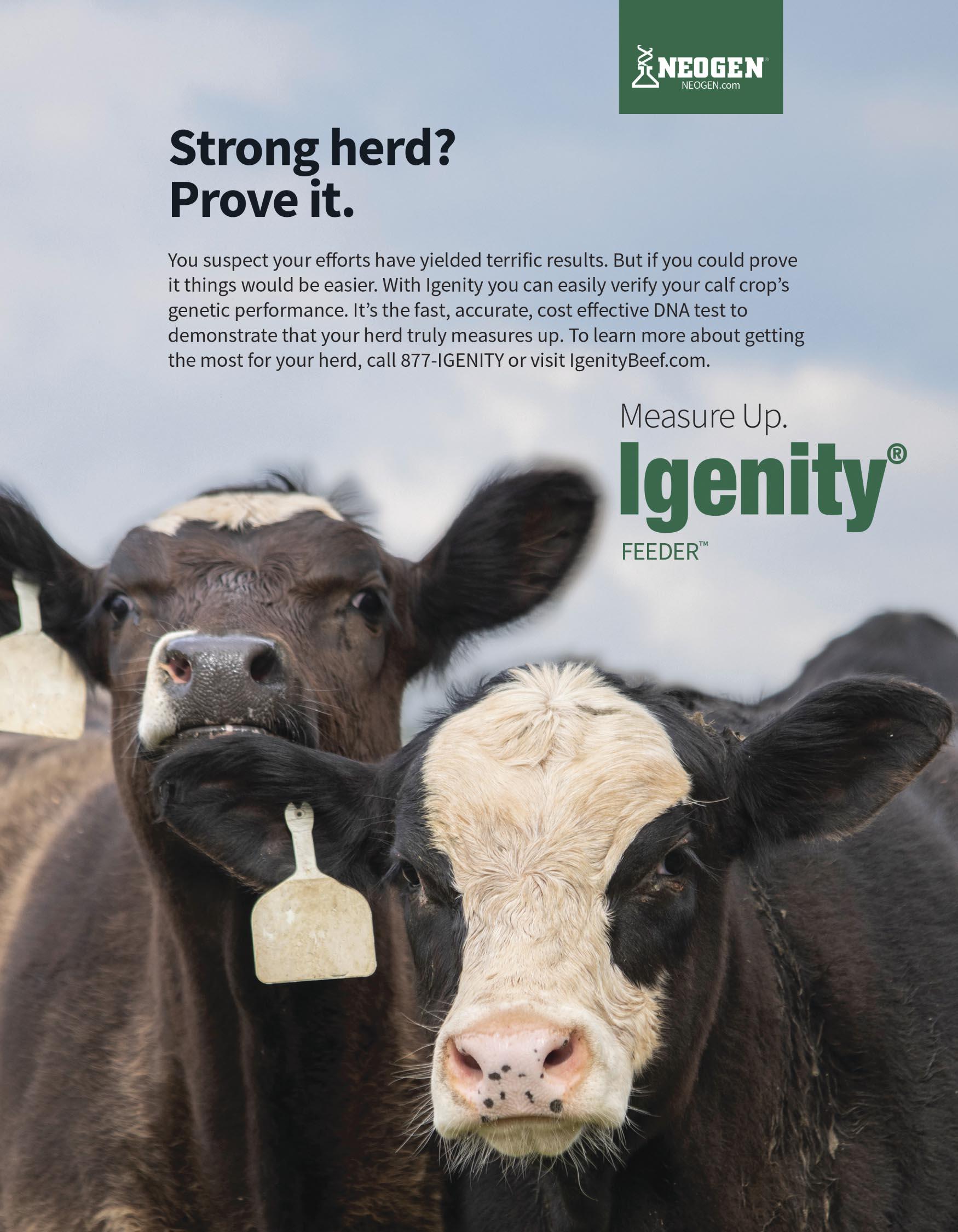
WHAT DO YOU NEED TO LET GO OF?
By Nels Lindberg, DVM, Production Animal Consultation

Ibelieve most humans have a desire to make their mark on the world in some manner or another. Some want to become president of a nation, CEO of a large organization, or a wellknown expert in their field. Others want to be known as the most helpful neighbor, one of the best high school science teachers possible, or maybe the best caregiving cowboy in a feedyard. Stating this belief from another angle, I would say that most people do not go through life with the goal of being the worst at what they do or aiming to fail miserably with their family.
As I approach 50 years of age, I reflect on my own life and leadership cycle. The cycle can be broken down into three segments, and each segment has its own pitfall. In our 30s, we can get caught up in proving ourselves to someone else (one person or a group of people). In our 40s, we may be trying to prove something to ourselves. In our 50s, we can start thinking, “What do I have left to prove?”
Personally, I was egotistical enough in my late 20s and early 30s that I was set on proving something to somebody. It was not necessarily a bad thing that I wanted to be one of the best veterinarians around. However, I eventually realized that while I was working to prove myself as a veterinarian, I was failing at leading people in a business, I was failing at being the best husband possible for my wife, and I was failing at being the best dad to our newborn twins. I have not spent much of my life proving something to myself, but I do tend to fall back on asking, “What do I have left to prove?”
As you read this and reflect on your own life, the key is to make sure you maintain persistent focus on simply pursuing making yourself and what you are involved in better. The three-decade leadership cycle may not hold true for you identically, but each phase will likely fit you at some point in your past, present, or future.
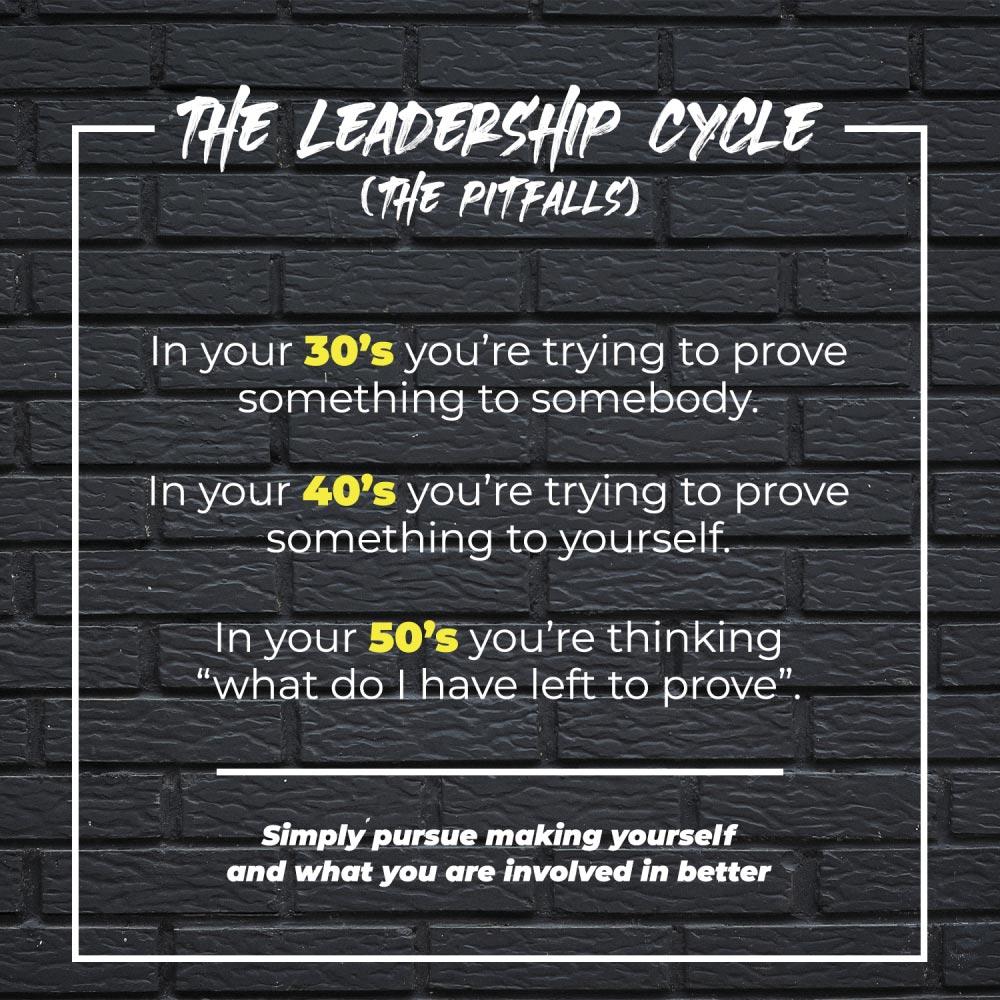
One memorable lesson I was taught while I was caught up trying to prove myself to others in my 30s came from my dear friend and mentor Dr. Doug. We were talking on the phone one day and somehow got on the subject of ego. Of course, as you can imagine and would likely agree, most veterinarians have an ego and most of us feedlot consulting veterinarians have an even bigger ego. As Dr. Doug talked about what ego meant, the challenges of an ego, and losing an ego, I began to think about mine.
You see, before then, I had never really considered that I had an ego. I worked on being humble while having pride. I worked on getting better at life. But after our conversation, I really worked to reflect on his words. I was fortunate that a very wise man took the time to discuss the topic of ego with me in a way that caught my attention. I think that, just maybe, he was having a purposeful intentional conversation with me in a somewhat gentle manner, hoping to plant a seed in my brain. The more I reflected, the more I realized I had an ego that I needed to get over! I realized there were situations in which I would hold on to things when I needed to let them go and get over myself. Our ego, which is our sense of self-esteem or self-importance, can often get in the way of our own self-progress.
For you personally, is there something you need to get over? Is there something you need to let go of? Another way to look at it is, do you feel the need to be right all the time? Maybe particularly with your spouse?! When you are engaged in a discussion with differing thoughts or opinions, do you ever admit when you are wrong? Are you willing to back down?
There is nothing wrong with having an ego. We just need to make sure it is healthy and not overly abundant. When do you need to back down? Where do you need to admit you were not right, or maybe even wrong? Think about what it is you may need to let go of or get over.
I will never forget that conversation with Dr. Doug and the awareness it brought to me. It was one of the single most impactful conversations with a mentor I have ever had. The power of letting go of an ego is equivalent to setting oneself free. It is also a step toward simply pursuing making yourself and what you are involved in better. This simple step will likely keep you and your ego in check! I know I have to remind myself of this simple step routinely!
Dr. Nels Lindberg is a people coach, team coach, business coach, and keynote speaker, available virtually or in person. If you have any interest in these opportunities, please reach out to his of fi ce at 620-792-1265 and visit with his right-hand lady, Jill.
